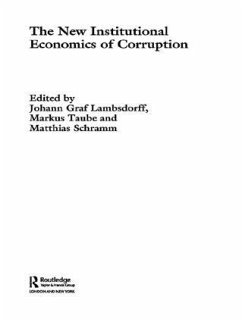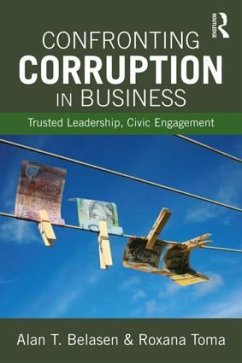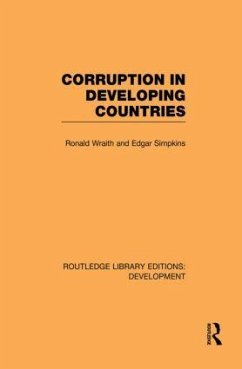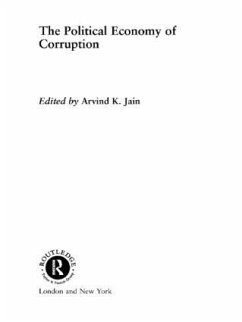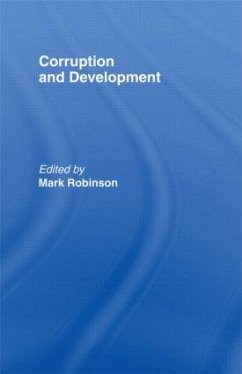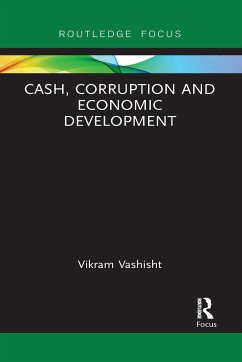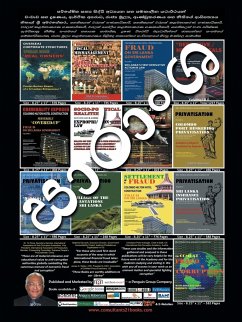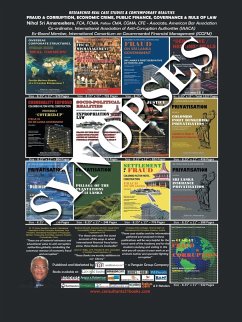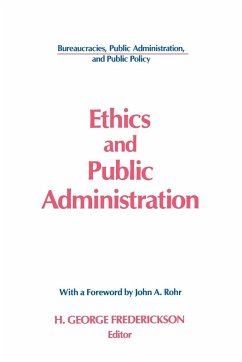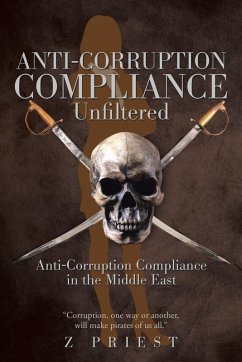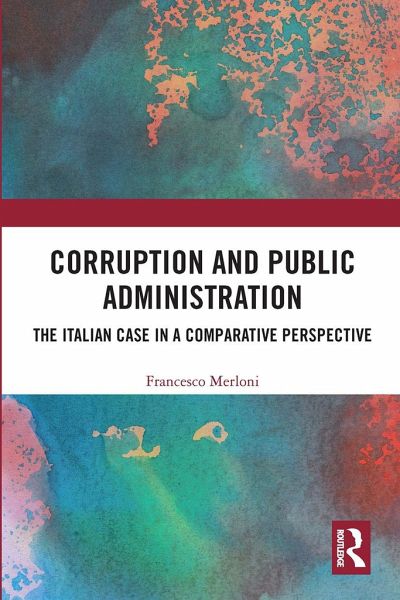
Corruption and Public Administration
The Italian Case in a Comparative Perspective
Versandkostenfrei!
Versandfertig in 1-2 Wochen
55,99 €
inkl. MwSt.

PAYBACK Punkte
28 °P sammeln!
Corruption and Public Administration looks at public sector organizations and what they have achieved since signing the UN Convention Against Corruption (UNCAC) Agreement in Merida in 2004. It examines how the signee countries engaged in the set-up of institutions to contain corruption in public administration, and how these governments and institutions have progressed. The book compares several developed countries, and undertakes an especially detailed examination of Italy. It highlights strengths and weaknesses, and proposes organizational means of addressing the issues, which include divers...
Corruption and Public Administration looks at public sector organizations and what they have achieved since signing the UN Convention Against Corruption (UNCAC) Agreement in Merida in 2004. It examines how the signee countries engaged in the set-up of institutions to contain corruption in public administration, and how these governments and institutions have progressed. The book compares several developed countries, and undertakes an especially detailed examination of Italy. It highlights strengths and weaknesses, and proposes organizational means of addressing the issues, which include diversity in organizational structures and systems, and a focus on prevention rather than repression. The book shines a light on anti-corruption practices and aims to foster open discussion about this pressing topical issue among peers in all relevant fields of the social sciences.





